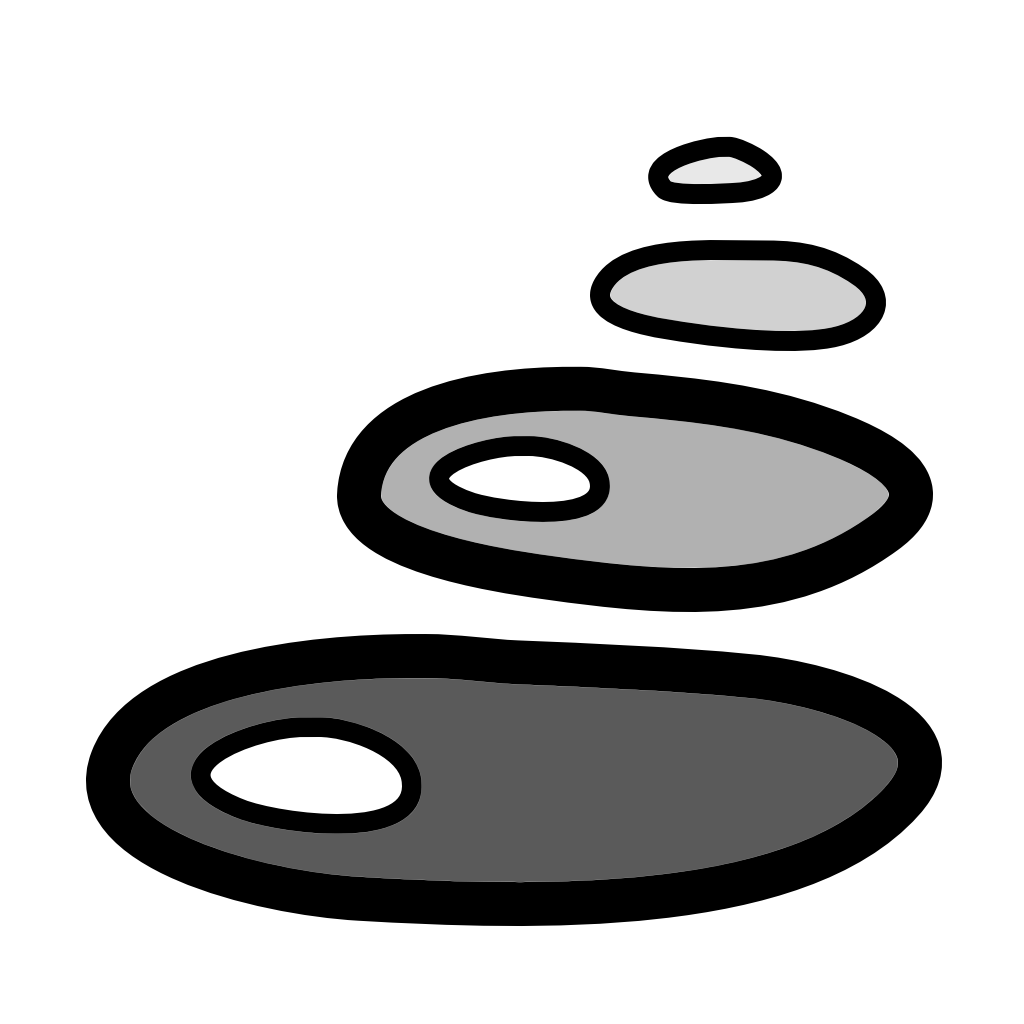Pearl Vs. Quartz
Pearl is a very popular gemstone composed of calcium carbonate.[1] Quartz is also a very popular gemstone and its chemical composition is silicon dioxide.[2]
Quick Facts on Differences of Pearl and Quartz
For a quick recap of the differences pearl and quartz:- While both pearl and quartz can be opaque or translucent, quartz can be transparent.
- In terms of crystallography, pearl is orthorhombic while quartz can be hexagonal or trigonal.
- For chemical formulas, pearl is CaCO3 while quartz is SiO2.
- In terms of luster, pearl can be dull or pearly while quartz can be greasy, vitreous or waxy.
- Pearl can be commonly cream or white while quartz can be commonly red or yellow.
- Pearl's rarity is more rare than quartz.
-
Pearl's hardness is lower than quartz - pearl ranges from 2.5 to 4.5 and quartz is 7 on the Moh's scale.
- Pearl can be scratched by glass (5.5) or quartz (7) while quartz can not be.
Quick Facts on Similarities of Pearl and Quartz
The similarities of pearl and quartz include:- Pearl and quartz both streak white.
- Pearl's specific gravity overlaps with quartz - pearl ranges from 2.6 to 2.72 and quartz ranges from 2.651 to 2.91.
Summary of Pearl
Pearl is a mineral that is formed within the shells of certain mollusks, particularly oysters and mussels. It is a hard, round, lustrous object that is highly prized for its beauty and rarity. Pearls are formed when a foreign object, such as a grain of sand or a piece of shell, enters the mollusk and irritates its soft tissue. The mollusk then secretes a substance called nacre around the irritant, layer upon layer, until a pearl is formed.Summary of Quartz
Quartz is a mineral that is composed of silicon and oxygen atoms arranged in a continuous framework of SiO4 silicon-oxygen tetrahedra. It is one of the most abundant minerals found in the Earth's crust. Quartz can be found in a variety of colors such as white, pink, purple, brown, gray, and black. It is also known for its unique crystal structure, which is hexagonal in shape, and its hardness, which is 7 on the Mohs scale.Table Comparison of Pearl vs Quartz
| Pearl (src) | Quartz (src) | |
|---|---|---|
| Transparency | translucent, opaque | transparent, translucent, opaque |
| Chemical Formula | CaCO3 | SiO2 |
| Chemical Composition | calcium carbonate | silicon dioxide |
| Specific Gravity | 2.6, 2.72, 2.78, 2.78, 2.85 | 2.651, 2.91 |
| Hardness | 2.5, 4.5 | 7 |
| Streak | white | white |
| Crystallography | orthorhombic | hexagonal, trigonal |
| Refractive Index | 1.53, 1.69 | 1.544, 1.553 |
| Hydrous | No | No |
| Colors | common: cream, white sometimes: red less common: blue, gold, gray, pink, black, brown, green, orange, purple, silver, yellow, iridescent, multicolor |
common: red, yellow sometimes: blue, gray, pink, black, brown, green, white, orange, purple, violet, colorless, multicolor |
| Category | carbonate | silicate |
| Birefringence | δ = 0.156 | δ = +0.009 (B-G interval) |
| Fracture | uneven | conchoidal, uneven |
 AllMineralsRock
AllMineralsRock







